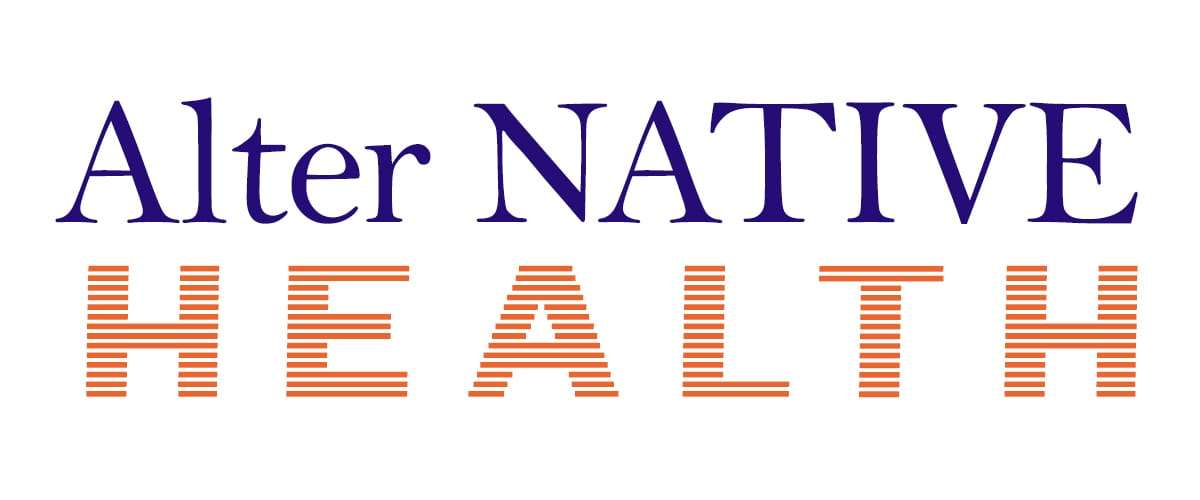Celebrating World Pulses Day: A Journey Through History, Significance, and Nutritional Benefits
In the realm of nutrition, few food groups carry as much weight as pulses. Often overlooked in daily discourse, pulses including beans, lentils, and chickpeas pack a powerful punch of protein, vitamins, and minerals. World Pulses Day, observed annually on February 10th, serves as a reminder of the essential role these humble legumes play in our diets and global food systems. Let’s delve into the history, significance, and nutritional benefits of pulses as we celebrate this special day.
History:
The roots of World Pulses Day trace back to 2013 when the United Nations General Assembly declared 2016 as the International Year of Pulses. Led by the Food and Agriculture Organization (FAO), this initiative aimed to raise awareness about the nutritional and environmental benefits of pulses. Building on the success of the International Year of Pulses, February 10th was officially designated as World Pulses Day in 2018 by the UN General Assembly. Since then, this day has been celebrated annually to highlight the importance of pulses in addressing global food challenges and improving human health.
Significance:
Pulses are more than just a staple food they are nutritional powerhouses. Rich in protein, fiber, vitamins, and minerals, pulses offer a myriad of health benefits. From aiding in weight loss to reducing the risk of diabetes and cardiovascular issues, incorporating pulses into our diets can have a profound impact on our well-being. Furthermore, pulses play a crucial role in sustainable agriculture and food security, making them essential for a healthy planet and future generations.
Nutritional Benefits:
1. High Protein Content: Pulses are an excellent source of plant-based protein, making them a valuable addition to vegetarian and vegan diets. A single serving of pulses provides a significant portion of the daily protein requirement, promoting muscle growth and repair.
2. Fiber-Rich: With their high fiber content, pulses aid digestion, regulate blood sugar levels, and promote a feeling of fullness, making them a valuable ally in weight management and overall health.
3. Vitamins and Minerals: Pulses are packed with essential nutrients such as iron, folate, potassium, and magnesium, which are vital for maintaining optimal health and preventing nutrient deficiencies.
4. Low in Fat and Sugar: Unlike many other protein sources, pulses are low in fat and sugar, making them a heart-healthy choice for individuals looking to improve their diet and reduce their risk of chronic diseases.
Cultural Significance:
Beyond their nutritional value, pulses hold significant cultural importance in many societies around the world. In Indian cuisine, for example, dal a stew made from lentils or other pulses is a staple dish enjoyed by millions daily. In Mexico, beans are a cornerstone of traditional dishes like frijoles refritos, and pozole. Exploring the cultural significance of pulses can deepen our appreciation for these versatile ingredients and inspire culinary creativity.
Environmental Impact:
Pulses play a crucial role in sustainable agriculture due to their ability to fix nitrogen in the soil, reducing the need for synthetic fertilizers. By promoting biodiversity and soil health, pulses contribute to long-term environmental sustainability. Additionally, pulses have a lower carbon footprint compared to animal-based protein sources, making them an eco-friendly choice for environmentally conscious consumers.
Health Benefits for Specific Populations:
Pulses offer unique health benefits for specific populations, including pregnant women, children, and individuals with dietary restrictions. The iron and folate content in pulses makes them particularly beneficial for pregnant women, supporting healthy fetal development and preventing birth defects. For children, pulses provide essential nutrients for growth and development, helping to establish healthy eating habits from a young age. Furthermore, pulses offer a valuable source of protein for individuals following vegetarian, vegan, or gluten-free diets, ensuring they meet their nutritional needs without compromising taste or variety.
Global Production and Consumption:
Pulses are cultivated and consumed on a global scale, with countries like Canada, India, and Ethiopia leading the production and export of pulses. Understanding the global production and consumption patterns of pulses can shed light on their economic significance and contribution to food security worldwide. Moreover, initiatives aimed at promoting the production and consumption of pulses in developing countries can help alleviate hunger and malnutrition while supporting rural livelihoods and agricultural sustainability.
Innovations in Pulse-Based Products:
With growing interest in plant-based diets and sustainable food alternatives, there has been a surge in innovation in pulse-based products. From plant-based meat substitutes made from chickpeas to gluten-free pasta made from lentil flour, the possibilities are endless. Exploring these innovative pulse-based products can inspire consumers to incorporate pulses into their diets in new and exciting ways, expanding their culinary repertoire while reaping the nutritional benefits of pulses.
Conclusion
World Pulses Day serves as a reminder of the vital role pulses play in nourishing our bodies, sustaining our planet, and combating global food challenges. By celebrating this special day and embracing the nutritional benefits of pulses, we can work towards a healthier, more sustainable future for generations to come. So let’s raise a bowl of dal, toast to the humble pulse, and join hands in promoting a world where everyone has access to nutritious and delicious food. Happy World Pulses Day!















